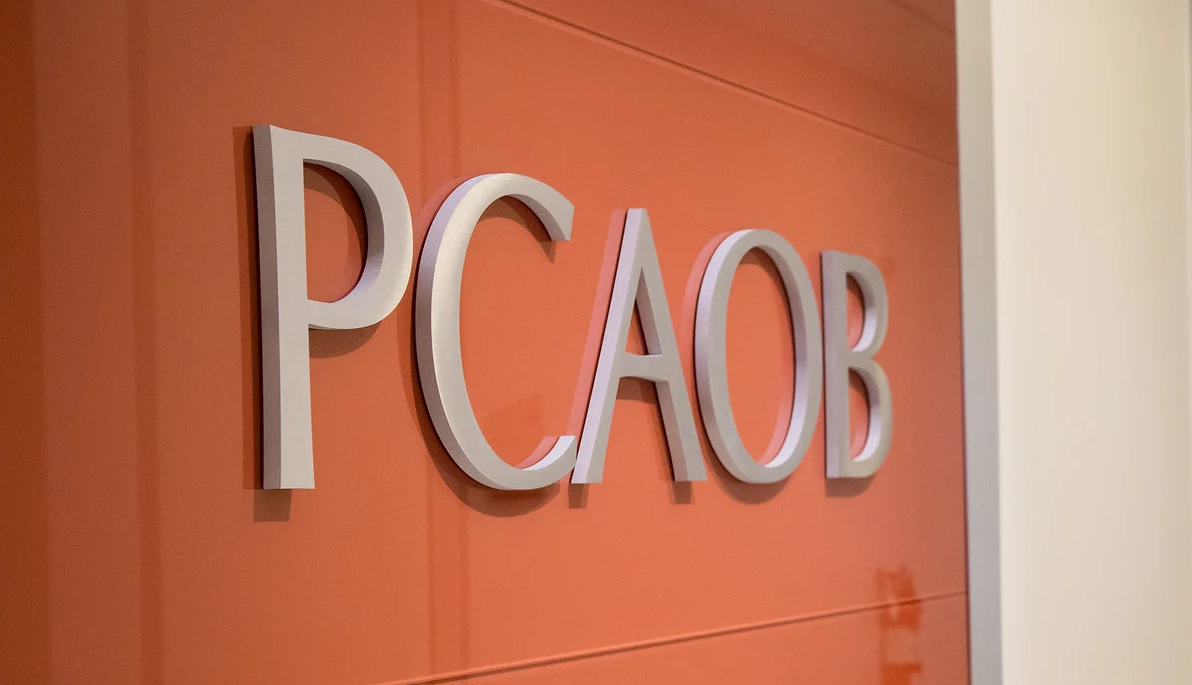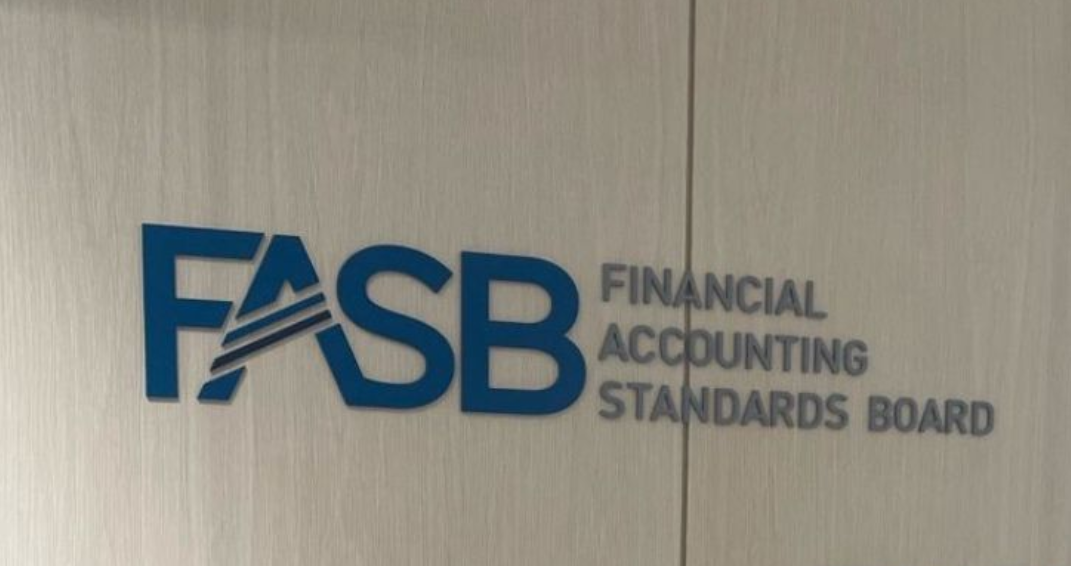The COVID-19 pandemic has, unsurprisingly, squeezed the nonprofit industry. According to UHY LLP’s inaugural Not-for-Profit Survey of industry executives, funding has largely plateaued over the past year, with over half (54%) of respondents reporting that their funding had either remained the same or declined. Just one-third (33%) say it increased.
At the same time, 75% of respondents report taking some form of emergency financial relief during the pandemic – a key source of funding that kept them afloat during the leanest times but is poised to dry up in the very near future.
Exacerbating this precarious fundraising environment is a continued reluctance among donors to contribute to organizations’ operational expenses – something 37% of respondents cite as a top challenge for the industry in 2022. Not-for-profits have long faced intense funder scrutiny when it comes to how they spend money on non-programmatic activities – that are nevertheless essential to the effective management of the organization – such as staff salaries, information technology, and more. This scrutiny can become even more heightened in times of economic uncertainty when donors are more likely to tighten their belts and demand proof of an organization’s resilience and ongoing viability.
“No sector of the economy was insulated from the impact of the pandemic, but not-for-profit organizations have been hit particularly hard,” says Brian Kearns, partner and a leader of UHY’s Not-for-Profit practice. “Not only have they had to scramble to shore up their balance sheets; they’ve had to grapple with a shrinking and increasingly competitive pool of funding. But as the proverb goes, necessity is the mother of invention – and we’re seeing not-for-profits double down on innovation and digital transformation to help them accomplish more with less, all while making themselves more attractive to choosier donors.”
Many of the key innovations survey respondents have undertaken in recent years are focused on finding efficiencies and deploying new services. A majority (60%) of respondents say they created new programs and services in the past year – perhaps to differentiate their offerings and highlight the value they deliver to their communities. Another 59% indicate their organizations implemented some form of new technology to improve efficiencies in the past year, signaling a focus on modernizing their technology to keep up with the demands of the pandemic-era economy.
Additional findings from UHY’s Not-for-Profit Survey and 2022 Trends Report include:
- Increased collaboration:Despite heightened competition for donor dollars, not-for-profit organizations continue to prioritize delivering on their missions. More than half of survey respondents (52%) say that they had collaborated in recent months with other organizations, suggesting that partnerships have been a key way for the not-for-profit sector to continue their good work amid continued uncertainty.
- Challenges with growth and scaling: Nearly 50% of respondents identify growth and scaling as a top concern, which seems to be a reflection of an industry grappling with rapid-fire transformation.
- Prioritization of talent: 40% of respondents say their top priority for the next year is attracting and retaining qualified people. It is clear labor shortages continue to persist across industries, and not-for-profits are struggling just as hard to attract and retain top-tier talent as their for-profit counterparts.
To read the full Not-for-Profit Survey and 2022 Trends Report and learn more about the challenges and opportunities facing the sector, click here.
Thanks for reading CPA Practice Advisor!
Subscribe Already registered? Log In
Need more information? Read the FAQs




